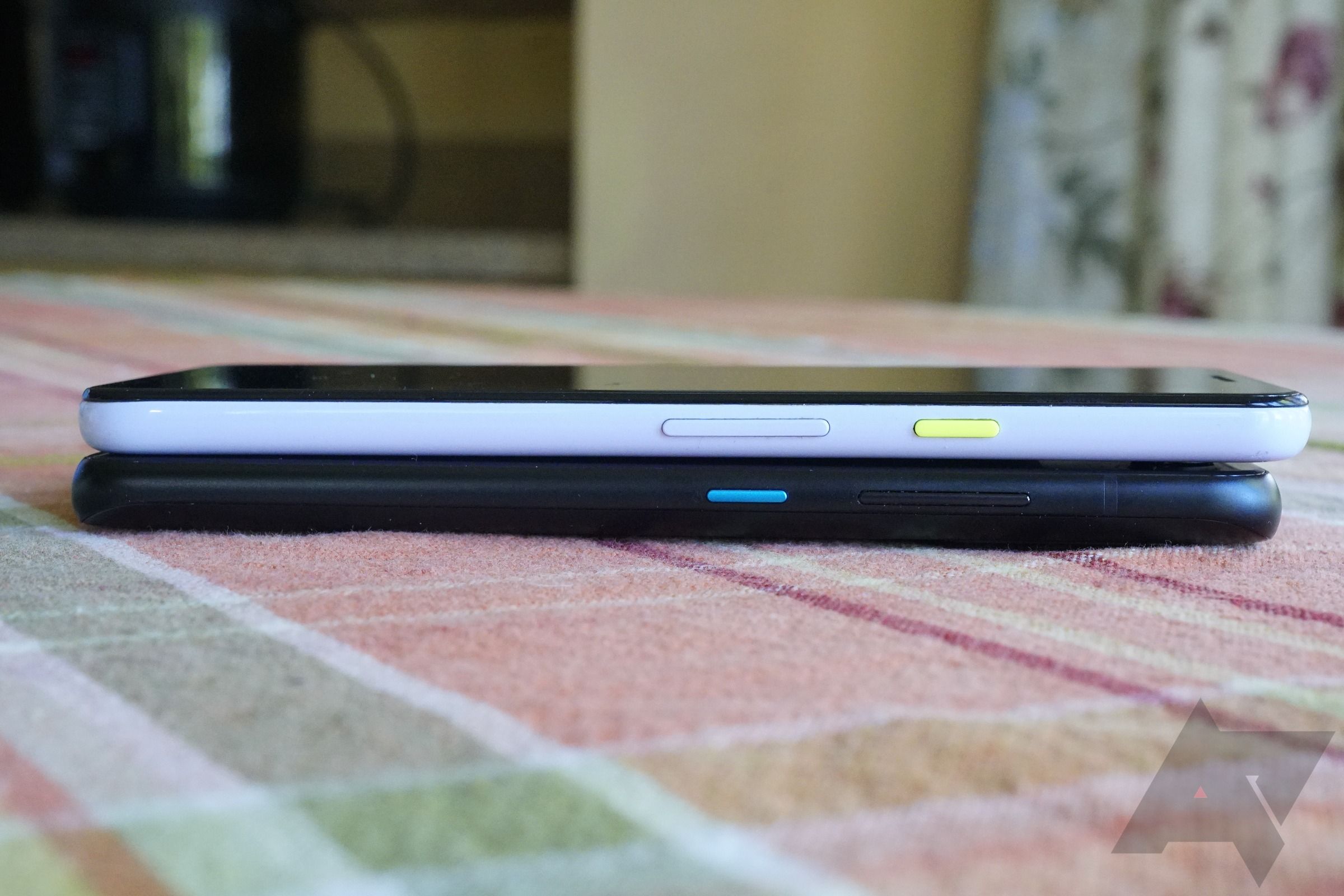This is a holiday weekend. For many, it's the first big chance we've had to see friends or family in the last year and a half. So let's keep today's question simple, brief, and not too deep: What do you consider to be a "small" phone?
The concept is definitely a sliding scale, as the recent case of the ASUS Zenfone 8 illuminates. With a 5.9" display and a body measuring 148 x 68.5mm, it's definitely small compared to more modern devices, fitting inside the footprint of a Galaxy S21 with room to spare. But half a decade ago, those numbers would have been middle-of-the-road, if not objectively on the bigger side, though changing designs and smaller bezels have an impact. Still, in the last five years, phones have positively ballooned, much to the chagrin of small phone lovers everywhere.
However, because we're at the tail of a transition, we might not all be thinking of the same sizes when we think "small phone." In fact, when we looked at the Zenfone 8, we had a whole big internal conversation regarding what precisely makes a phone "small" in 2021. Ultimately, we didn't come to a clear answer, merely deciding that the phone qualified as small — or, at least, small-ish. On that basis, we draw the line somewhere around 6" in screen size for modern, nearly bezel-less designs (and below around 150 x 70 mm in physical dimensions). That makes phones like the 5.81" Pixel 4a "small" by our definition and the 5.4" iPhone 12 Mini positively dinky.
Based on comments, it seems like our readers might beat the hypothetical average in their love for smaller devices. Though we won't have anything to compare today's results against, I'm curious to know precisely where you put the cutoff today for a "small" phone. To keep things simple and avoid needing multiple polls for different sorts of dimensions, consider modern bezel-less designs of the currently vogue aspect ratios, and let's stick to screen size.

